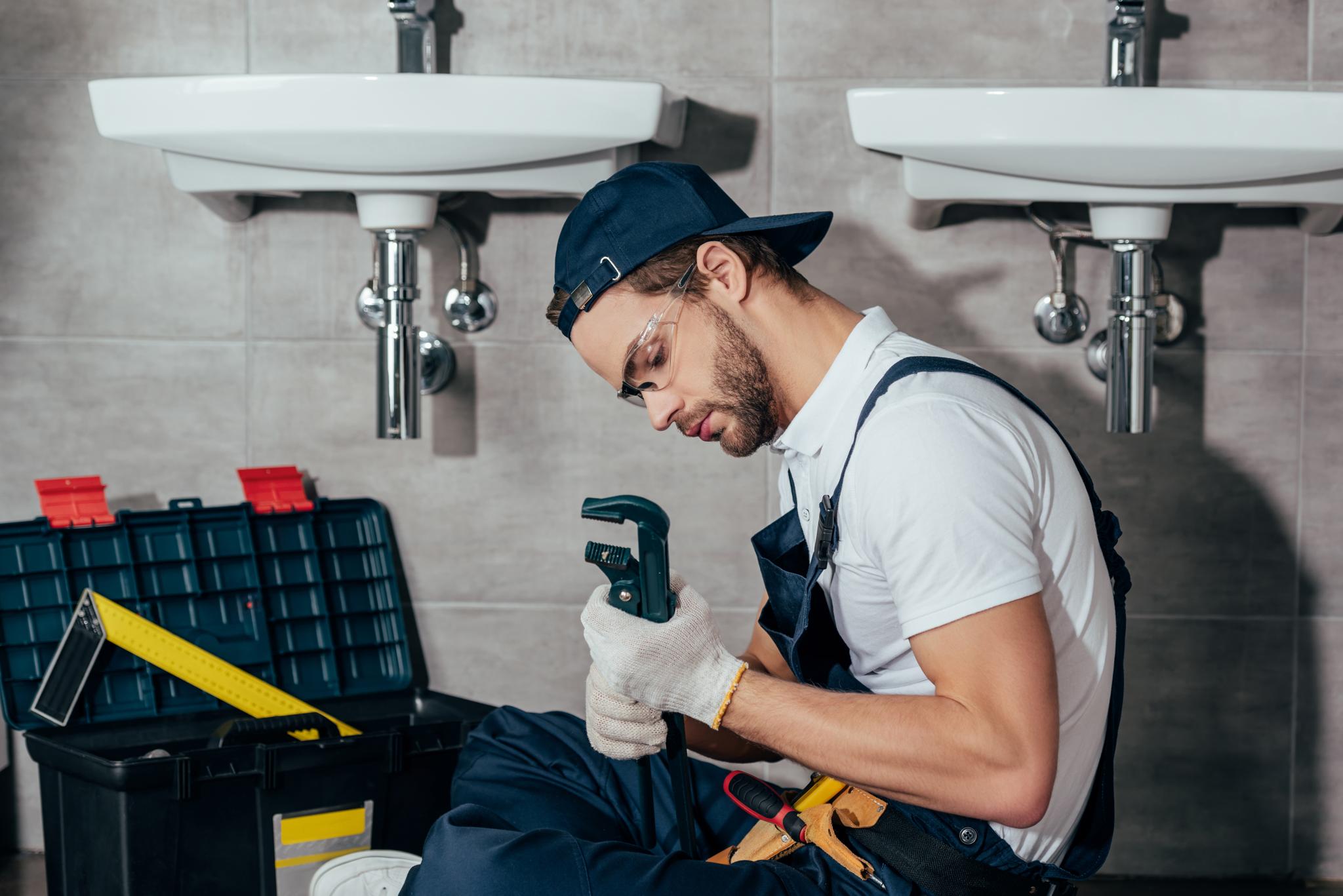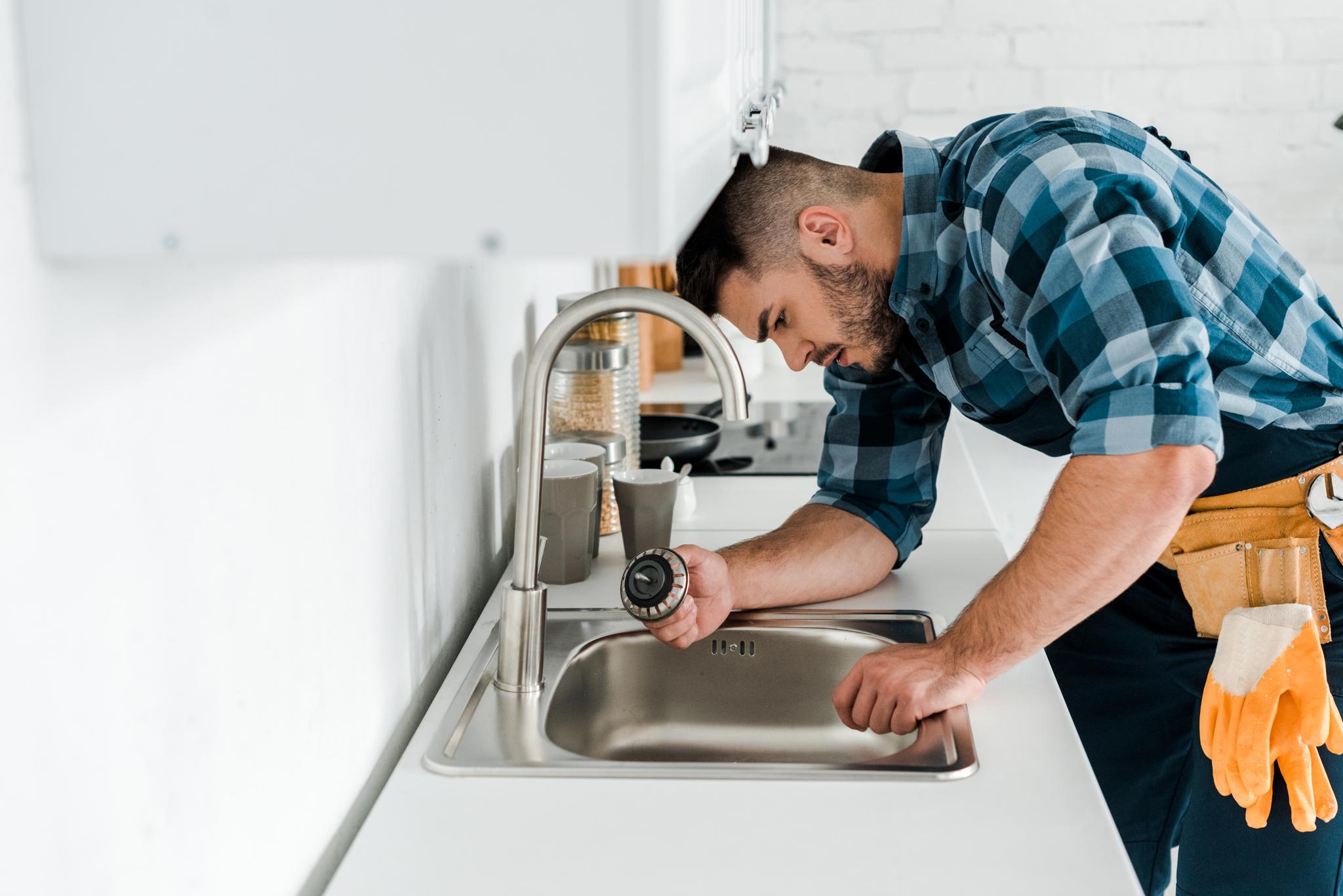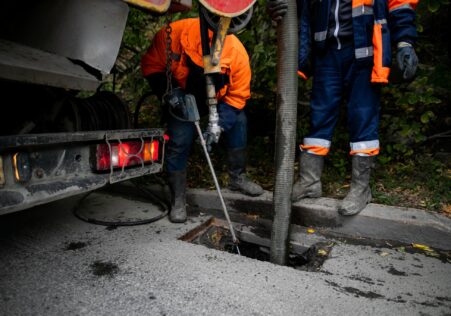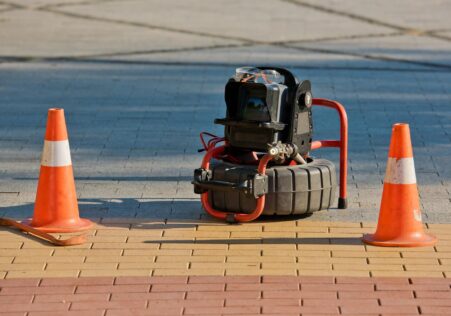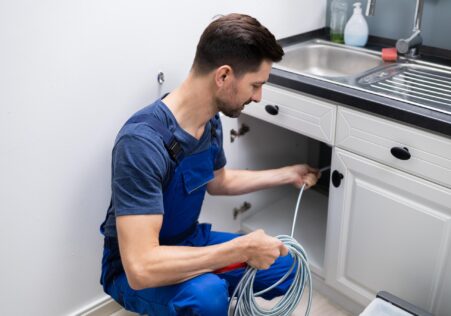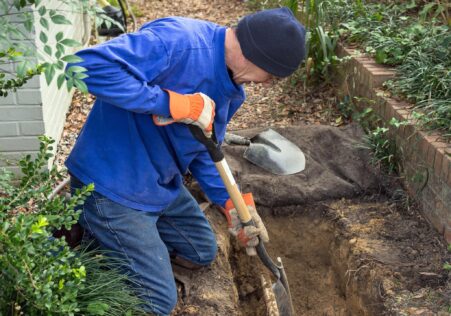How to Unblock a Shower Drain Without Chemicals

If you’ve ever had the misfortune of taking a shower only to find that the water hasn’t been draining and you’re frustrated, you’ll know how it can be. It’s not just slowing down your morning routine however, it can be harder to clean up when you’re done. While chemical drain cleaners are occasionally effective, they could also damage your pipes and damage the environment. The positive side lies in the plenty of ways that you can unblock a shower drain without using harsh chemicals.
Key Takeaways
- Chemical drain cleaners could harm pipes and the surrounding environment.
- There are many natural methods to unblock a shower drain for example, baking soda, vinegar as well as a wire hanger or a dry/wet vacuum.
- To use baking soda and vinegar method: collect items, clean the cover for draining and any obstructions, and pour in baking soda followed by vinegar, wait for 30 minutes then flush with boiling water.
- Method for hanging wire: straighten out wire hanger leaving the other end in its original shape and then create a hook on the end, insert it into the drain and let it catch hair and debris out.
- For wet/dry vacuums Set the vacuum in "wet" mode then cover the drains of overflow with tape or cloth, connect the hose to create an airtight seal. Turn to the mode for 3 minutes.
- Prevent future blockages by using hair strainers in your shower. Run hot water after every use and avoiding running grease down your drains.
Method 1 Method 1: Bake Soda and Vinegar
Step 1: Gather Your Materials
To start to begin, collect the following items:
- Baking soda
- White vinegar
- Boiling water
- Rubber gloves (optional)
- A rag or cloth
Step 2: Clean the Drain
Get rid of the shower drain cover as much as you can and use tiny brushes or a toothbrush to get rid of the hairs or any other obstruction the edges of the drain. Wear rubber gloves when you need to.
Step 3: Pour in Baking Soda in addition to Vinegar
You can pour one cup of baking powder down your drain, followed by one cups of vinegar. Then cover the drain immediately with a cloth or a rag to ensure that the reaction doesn’t fizz beyond control!
Step 4: Wait
You should wait for around 30 minutes as the mix works its magic. There should be some sound and bubbling – this means it’s working!
Step 5: Rinse with Boiling Water
Remove the cover with care and flush it with boiling water. This should clear any remaining debris and allow your water to flow without a hitch.
Method 2: Wire Hanger
Sometimes all you need is a sturdy wire hanger:
Step 1 Step 1: Straighten It Out
Straighten a wire hanger to the greatest extent as possible, leaving one end of the hanger in its original shape.
Step 2: Design a Hook
Create a small hook on the top of the wire you straightened out.
Step 3: Fish for hair and Debris
Put the hook in the drain and fish around for hair or debris. Get rid of anything that comes up.
Method 3: Wet/Dry Vacuum
If you’re in possession of a wet/dry vacuum This method could be the best option for you.
Step 1: Set the Vacuum
The vacuum should be set to "liquids" (or "wet" mode.
Second Step: Close Drainage
Cover drains that are overflowing with either duct tape or wet cloth to ensure maximum suction power.
Step 3: Attach Hose to drain
Attach the hose to your drain to create an air-tight seal.
Step 4: Turn on Vacuum
Switch on the vacuum and let it run for about three minutes. This will help clear any obstructions from the drain of your shower.
| Method | Supplies Needed | Steps |
|---|---|---|
| Baking Soda and Vinegar | Baking soda, white vinegar, boiling water, rubber gloves (optional), cloth or rag | 1. Gather supplies\n2. Prepare the drain\n3. Pour in baking soda and vinegar\n4. Wait for 30 minutes\n5. Flush with boiling water |
| Wire Hanger | Wire hanger | 1. Straighten it out\n2. Create a hook\n3. Fish for hair and debris |
| Wet/Dry Vacuum | Wet/dry vacuum, duct tape or wet cloth | 1. Set the vacuum to "liquids" or "wet" mode\n2. Cover overflow drain \n3. Attach hose to drain \n4. Turn on vacuum |
FAQ
What can I tell if my shower drains are clogged?
If your shower takes longer than usual to fill or if water is accumulating on your feet during your shower, it’s an indication that your drain may be partially or fully clogged. In addition, an unpleasant odor coming from the shower area could be an indication of a blocked drain.
What are some natural ways to clear a shower drain?
You can try pouring boiling water down the drain, then followed by vinegar, baking soda, and. You can also use a mix of salt and baking soda, followed by boiling water. Plunging the drain with a plunger could also be helpful.
Can I employ chemical drain cleaners in order to unblock my shower drain?
It’s not recommended to use chemical drain cleaners since they are laden with harsh chemicals that can damage the pipes over time. These chemicals also can harm the environment and pose health risks for those who use the products improperly.
When should I contact a professional plumber for my blocked shower drain?
If the DIY method doesn’t work in clearing the shower drain, it’s recommended to speak with a professional plumbing company such as Sydney Blocked Drains Plumbers in Sydney for help. Other signs that you should seek assistance from a professional include water leaking out of other toilets or drains, strange noises of pipes gurgling or odors of foul smells emanating out of the drains after cleaning them.
How much will it cost to fix a clogged shower drain cleared by plumbing experts?
The cost to fix blocked shower drains can differ based on the severity of the issue and where you live. On average, it costs between $100-$300 for a plumber who can unblock the drain of a shower. However, more severe cases that require pipe repair or replacement can be priced between $500 and $1000.
Conclusion
Clearing out a blocked shower drain can be frustrating however there are many alternative methods you can try before resorting to harsh chemicals. Whether you choose vinegar and baking soda, a wire hanger or a wet/dry vacuum, be sure to keep your drains from becoming blocked by using a hair strainer in your shower or shower, and then running hot water following every use, and not the practice of pouring grease down your drains. If none of these options succeed, it’s an appropriate time to seek professional assistance. If you’re dealing with stubborn or declining plumbing issues within Sydney , contact Sydney Blocked Drains Plumbers now!
Additional Information
- When to Call a Professional for Blocked Drains: A Guide
- Saving Time and Money with CCTV Drain Inspection for Drain Clearing
- DIY Methods for Clearing Blocked Drains at Home
- Effortlessly unclog your drain with this simple solution
- Learning High Pressure Drain Cleaning Thoroughly
- CCTV Drain Inspection: A Cost-Effective Solution for Unblocking Blocked Drains
- Avoiding Clogged Drains: Tips for Homeowners
- Don't Panic: Tips for Handling a Blocked Toilet
- Clogged Shower Drain? Learn Methods to Fix it with The subsequent Comprehensive Manual
- The Science of Unblock: Unveil How Blocked Drain Jetting Works


